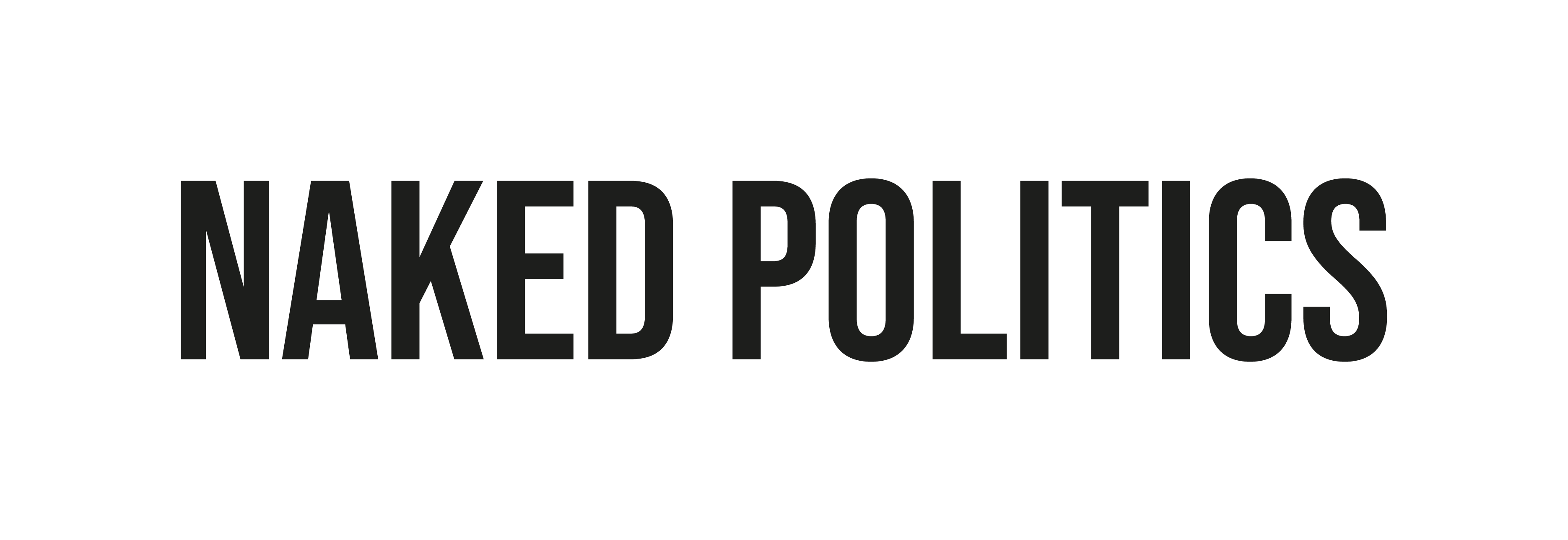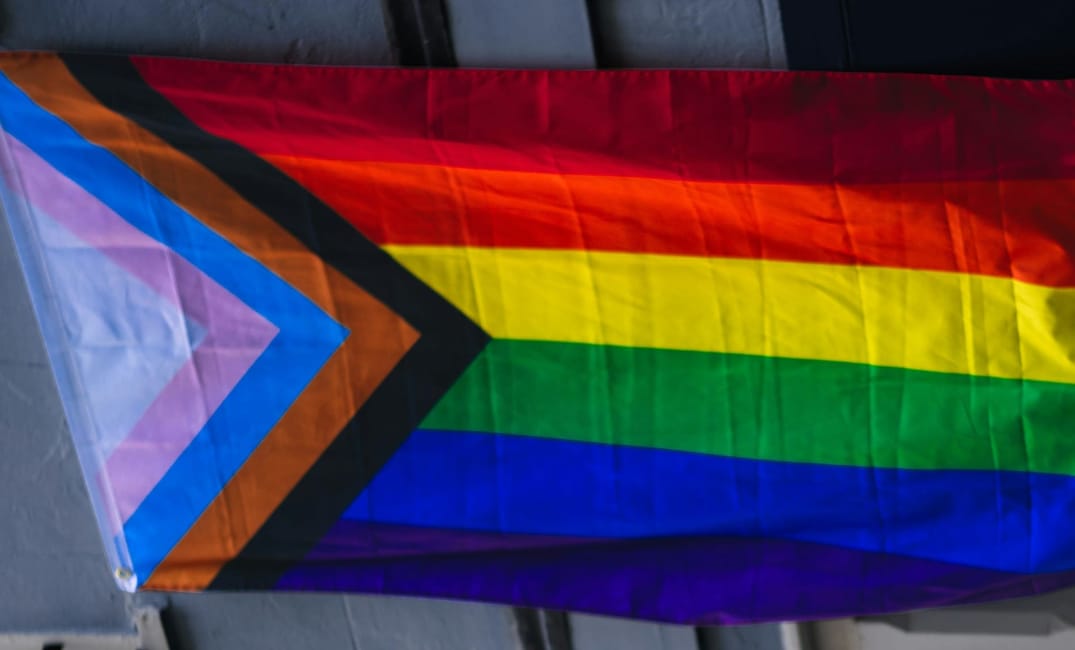✏️ Jess Lomax
The concept of ‘intersectionality’ gets thrown around a lot on the internet, especially by those from activist groups. But what exactly does it mean? And why is now the time to learn and to practice intersectionality?
Intersectionality is a concept created by Kimberlé Crenshaw, a Black American academic and lawyer. Crenshaw used the concept to explain how individuals experience different degrees of oppression depending on the social categories they belong to. For example, though Black men and white women may be discriminated against for their race and gender respectively, Black women are discriminated against on the grounds of race and gender. This places Black women at an ‘intersection’ of two types of oppression. Intersectionality, therefore, depends on acknowledging and addressing how these ‘intersections’ affect the lives of those who fall within them.
Of course, intersectionality doesn’t just encompass race and gender. Today, intersectional approaches can be used to understand how individuals are oppressed due to categories such as social class, sexuality, and immigration status. An ‘intersectional feminist’ is one who acknowledges these categories and understands how privilege is granted to different groups based on the social categories they belong to.
In our current political and social climate, understanding intersectionality is more important than ever. While protests sparked by the killing of George Floyd have recently brought to light issues of racial injustice, it is also Pride month – a month usually reserved for placing a spotlight on LGBTQ+ people. However, this Pride month will be, and should be, a different experience than usual. Now is the time to centre the voices of queer people of colour, especially Black people, in discussions on LGBTQ+ issues. An intersectional approach to Pride can allow those who identify as LGBTQ+ to understand the injustices faced by people of colour within their own community.
Though all members of the LGBTQ+ community face hardships due to their identity, these hardships are more significant for LGBTQ+ people of colour. – research by Stonewall recently found that half of BAME LGBT people have been discriminated against by other members of the LGBT community. This is especially true for transgender women of colour, who disproportionately face anti-trans acts of violence.
While there is no denying oppression against all LGBTQ+ individuals still exists, and there is a long way to go in achieving sexual equality, it is also important to understand that the queer experience isn’t universal. Rather, it is unique to the individual, and impacted by other intersecting factors – especially race. The LGBTQ+ community and the Black community cannot be separated for this reason – doing so ignores the existence and unique struggles of queer people of colour.
As the global spotlight currently shines on the worldwide protests against systemic racism, it is also important to remember how queer people of colour shaped, and continue to shape, the LGBTQ+ rights movement. The Gay Liberation Movement in America was triggered by a series of riots at the Stonewall Inn, which were prompted by a police raid. Bricks were thrown, the first of which came from the hands of Marsha P. Johnson – a Black transgender woman. Johnson later became a figurehead for the Gay Liberation Movement, working alongside other queer people of colour including Sylvia Rivera and Stormé DeLarverie in the fight for gay rights. Stonewall wasn’t peaceful – though no one died, it was violent, it was aggressive, and it was loud. But above all it was successful – not only in sparking a nationwide movement, but in bringing to light the voices of a marginalised group.
Queer people of colour helped lay the foundation for gay rights decades ago. LGBTQ+ individuals must now do what is right and acknowledge the injustices faced by people of colour in their own community, and use this Pride month to lift their voices up. This is especially important considering that in some areas, it is legal for transgender women arrested at the protests to be put in a prison which does not match their gender identity. The issue of racism cannot be separated from the issue of queer liberation – both are issues of oppression and human rights.
This year, and every year, Pride must be intersectional. People of colour within the queer community suffer great injustice, and yet they have still bravely led the way for LGBTQ+ rights. Ignoring the struggles of a group just because you don’t belong to it is no longer an option – now, more than ever, unity is necessary to encourage social progress.
Charities and organisations to specifically help the BAME LGBTQ+ community:
The Audre Lord Project – https://alp.org
Black AIDS Institute – https://blackaids.org
AZ Magazine, written by Black LGBT people – http://azmagazine.co.uk
The BAME LGBT Charity – https://bame.lgbt
UK Black Pride ‘Pride Inside’ – https://www.ukblackpride.org.uk
Bi’s of Colour – https://bisofcolour.home.blog
Thanks for reading our article! We know young people’s opinions matter and really appreciate everyone who reads us.
Give us a follow on Instagram, Twitter and Facebook to stay up to date with what young people think.

